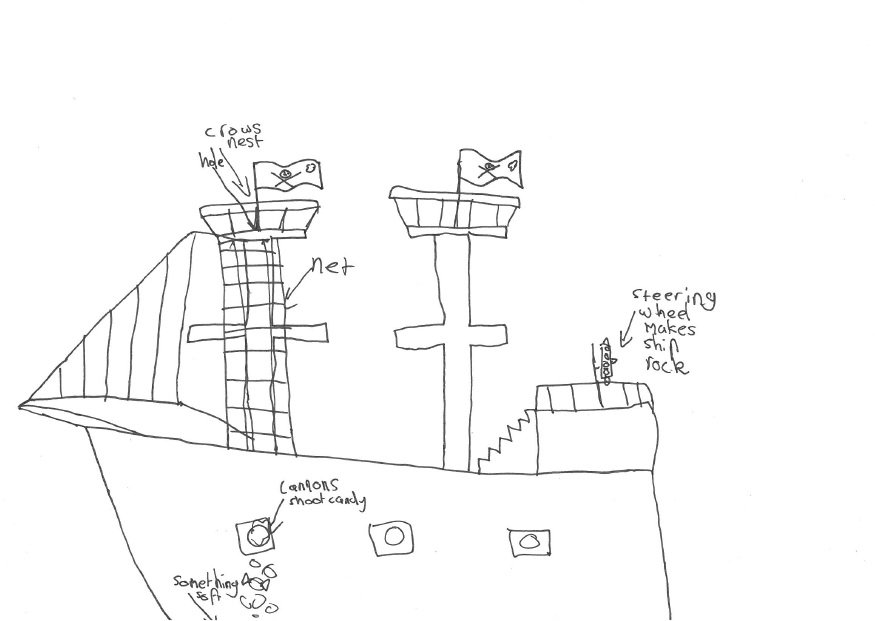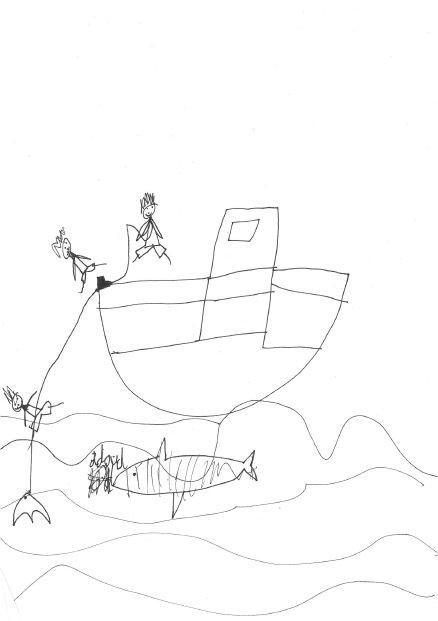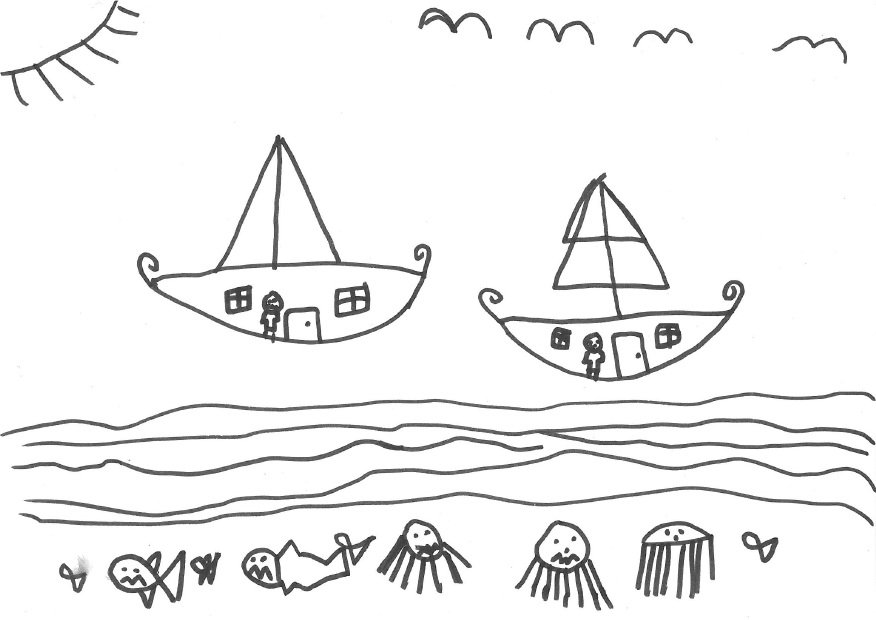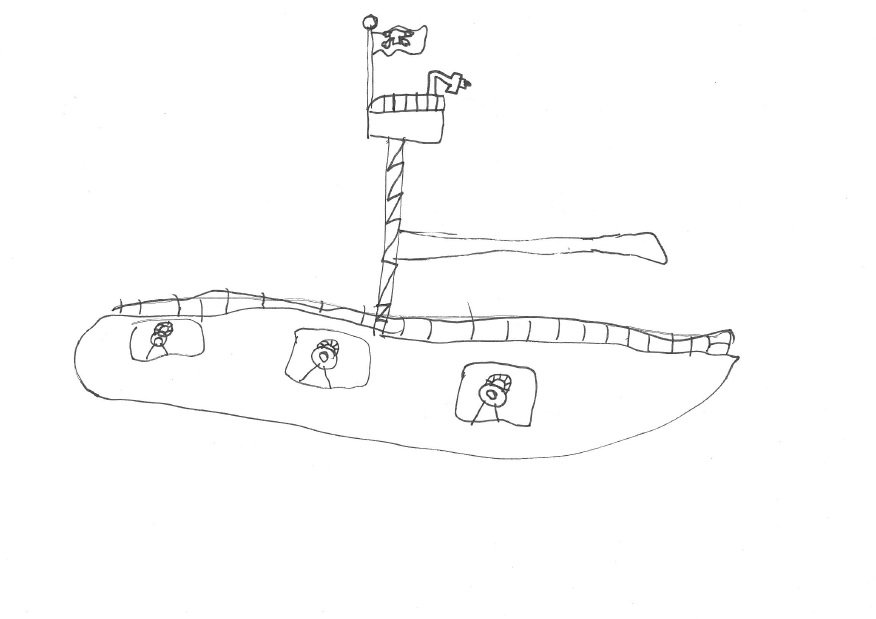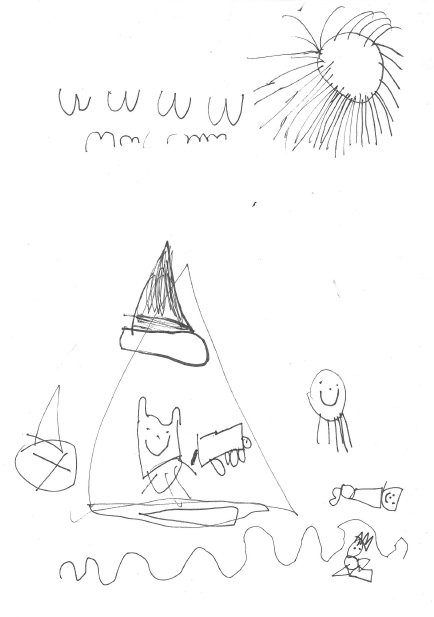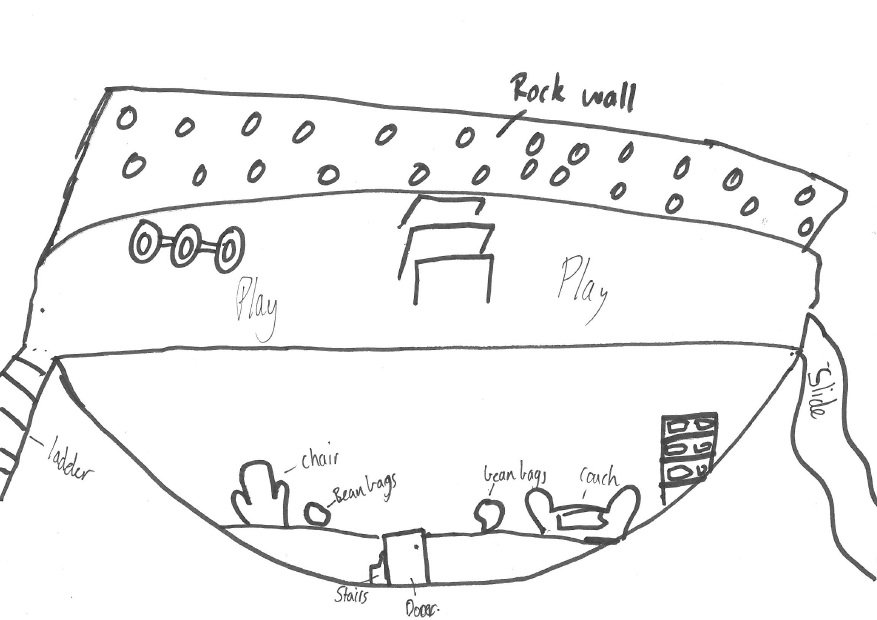Eco Cubby
September 2012
Eco-Cubby aims to raise awareness and bring sustainability issues and thinking into communities. The project provides the opportunity for young people to work with their community in the design of a cubby house embracing concepts of sustainable living – function, materials, shelter, enclosure, and resources.
Eco-Cubby can be delivered in a number of different ways – as part of the Annual Program, as an Exhibition, Workshop and Event, or through use of these Eco-Cubby Project Resources.
The following is the work of the wonderfully talented students of Tarwin Lower Primary School. The school is located in Tarwin Lower; a small community located on the banks of the Tarwin River, 5 kilometres east of the popular coastal resort of Venus Bay and under an hour’s drive from the heart of Wilsons Promontory National Park. A perfect location for an Eco-Cubby.
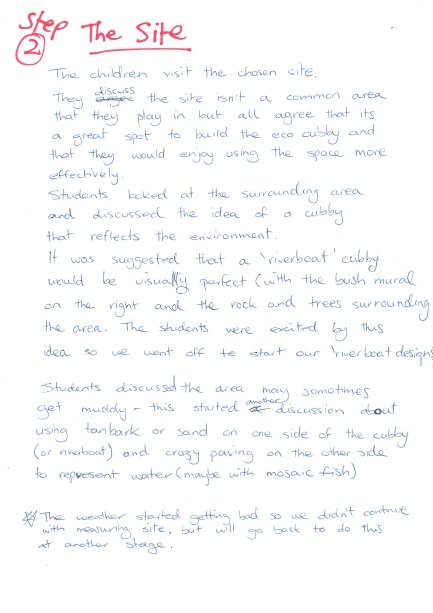

The above is a list of some of the wonderful ideas that the children have come up with for their Eco-Cubby. It sounds so exciting.
Look below to see the amazing drawings of these incredible talented creative individuals. These drawings are beautiful. I can’t wait to meet them all during my visit to Tarwin Lower Primary School later this month.
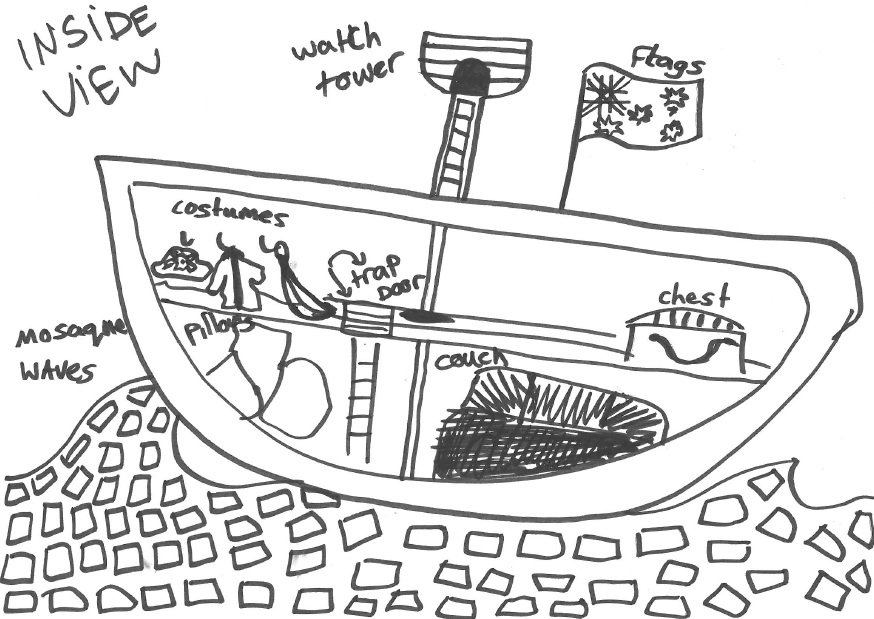
Solutions grow from place:
Ecological design begins with an intimate knowledge of a particular place. Therefore, it is small-scale and direct, responsive to both the local conditions and local people. If we are sensitive to the nuances of place, we can inhabit without destroying.
Van der Ryn, S. & Cowen, S. Ecological Design (Washington, Island Press, 1996), pg 57.
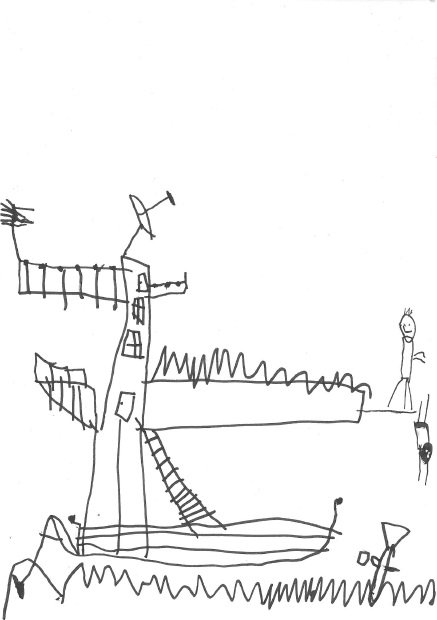
Eco-Cubby is about the relationship between humans and the natural world: the way in which we make our physical environment. As humans, our use of buildings has a major impact on the planet. The environments we create for ourselves have a significant impact on the way we live in and experience the world. An important goal of the Eco-Cubby project is to make students aware of their role in the creation of our environments and the ramifications of the design decisions we make as individuals and as a community. (an extract from the Eco-Cubby Resource Kit)
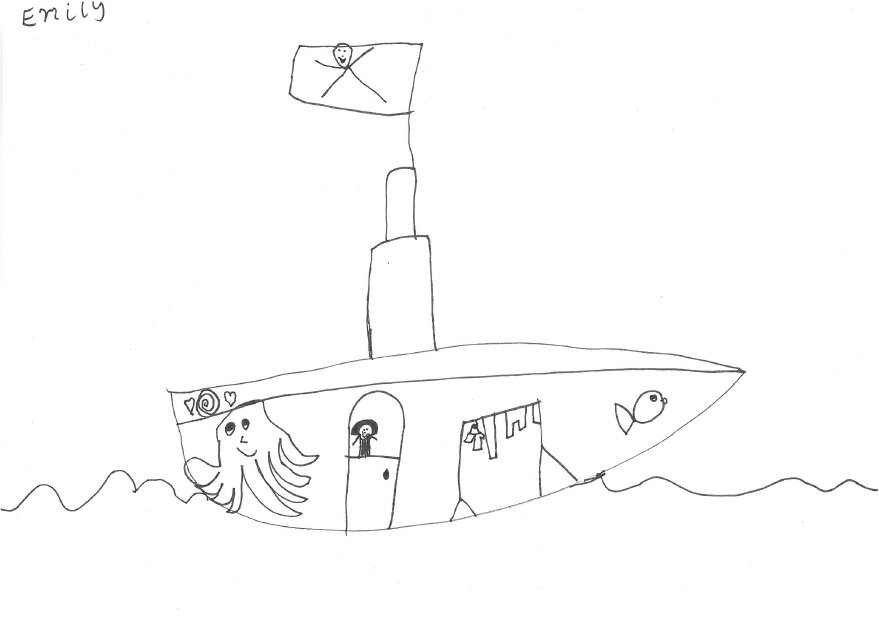
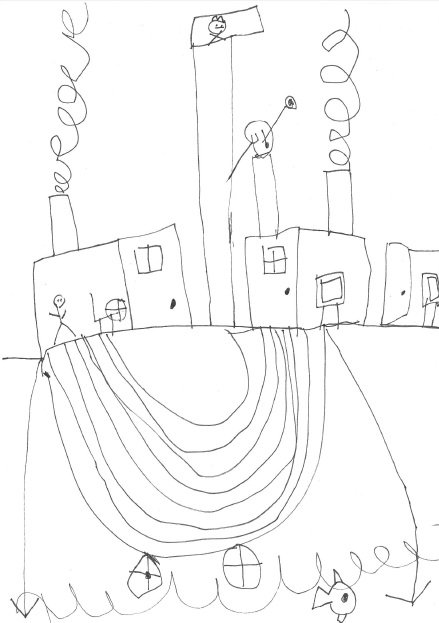
A SUSTAINABLE PROJECT
The way we live today as a modern western society is generally considered unsustainable. Building design, construction and operation have a significant impact on the natural environment and its resources. Principles of sustainable architecture are effective means of reducing this impact. The employment of the techniques of sustainable design in a real project will highlight the impact that specific choices have on the resultant building and our environment.(an extract from the Eco-Cubby Resource Kit)
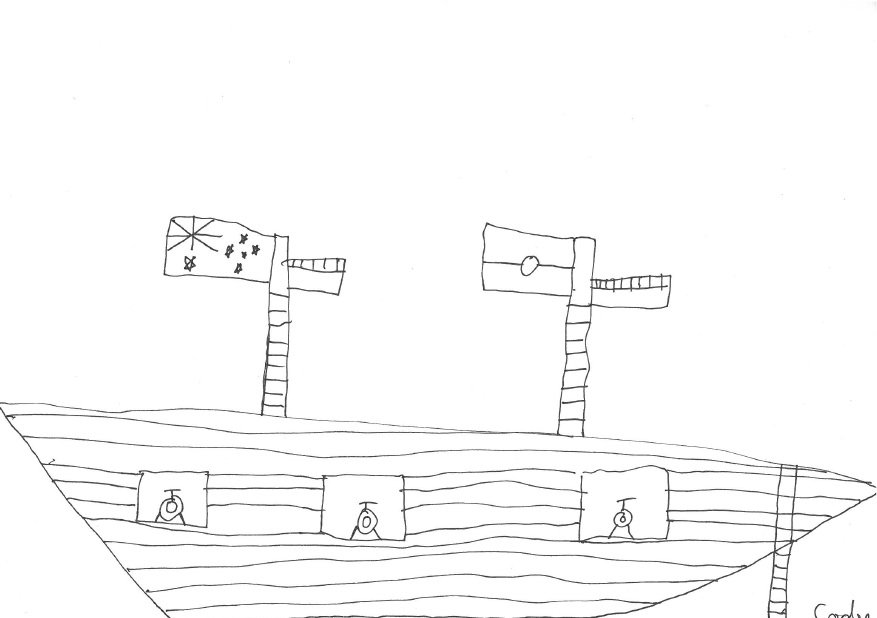
A REAL PROJECT
Participation in the making of our built environment is a powerful learning technique. The processes involved in the design and construction of a scale model will prompt students to consider their roles, responsibilities and contribution to the developing of a collective environment.
The significant scale of the project encourages students to realise their own capacity to shape the physical spaces in which they inhabit. (this is an extract from the Eco-Cubby Resource Kit).
